Imagine a creature the size of a bus, lumbering through ancient landscapes with claws that could rival a bear’s. Meet the Megatherium, the colossal giant ground sloth that once ruled the Earth during the Pleistocene epoch. This massive mammal wasn’t just big—it was a true marvel of nature.
With its towering height and peculiar habits, Megatherium continues to baffle scientists and ignite imaginations. What did it eat? How did it survive? What role did it play in its ecosystem? The answers are more fascinating than you could ever imagine.
Join us as we uncover 16 mind-blowing secrets of this prehistoric titan. From its incredible size to its mysterious behavior, get ready to explore the world of Megatherium in a way you’ve never seen before. The past was wild, and this giant sloth was a key player in its drama!
Size and Strength
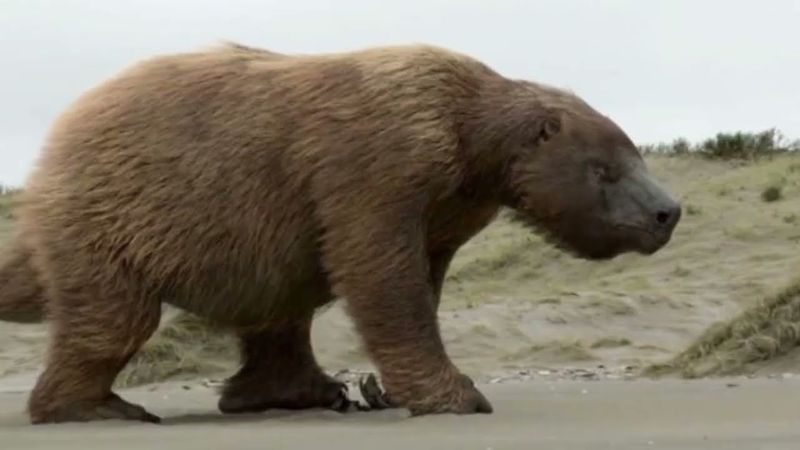
Megatherium, with its massive physique, stood nearly 6 meters tall when on its hind legs, weighing up to 4 tons. Its sheer size was a natural defense against predators, making it the undisputed giant of its habitat.
Its robust skeletal structure and powerful limbs suggest remarkable strength, enabling it to reach high branches for food. Although slow-moving, its size and strength were advantageous for survival.
Fossils indicate strong claws, possibly used for digging or defense. This strength, combined with its size, paints a picture of a formidable creature amidst the prehistoric landscape.
Diet and Eating Habits
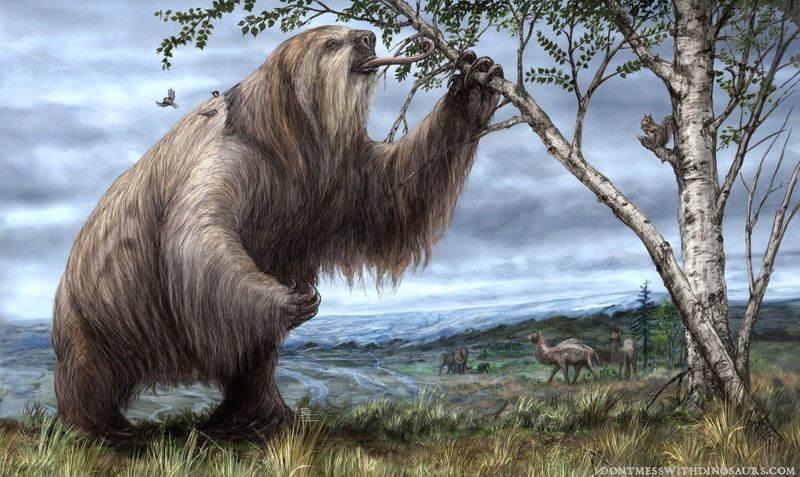
Primarily herbivorous, Megatherium had a diet consisting of leaves, fruits, and other plant matter. Its towering size allowed it to access high foliage, giving it a dietary advantage over smaller herbivores.
Its large claws and long arms suggest it could pull down branches, making feeding efficient despite its massive bulk. The structure of its teeth indicates a capability to grind tough vegetation.
This diet not only helped sustain its enormous size but also played a role in shaping the vegetation dynamics of its environment, influencing the plant life around it.
Habitat Preferences
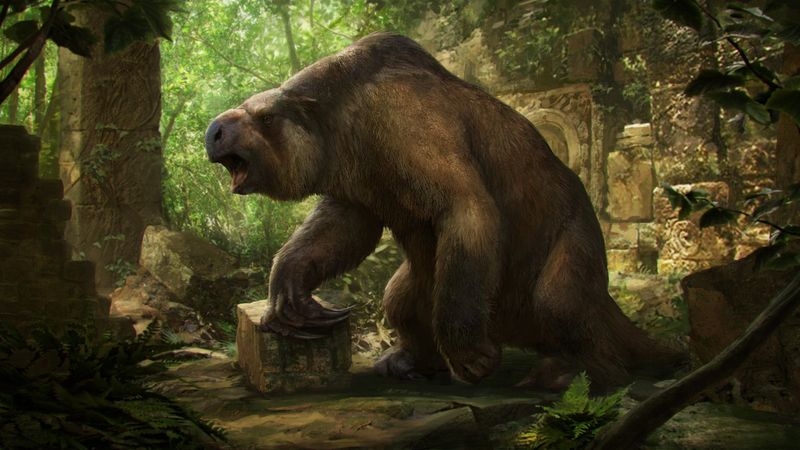
Megatherium thrived in diverse habitats, from open grasslands to dense forests across what is now South America. Its adaptability to various environments highlights its evolutionary success.
Fossil evidence suggests it preferred areas with abundant vegetation, ensuring a constant food supply. This adaptability likely contributed to its widespread distribution in its era.
Its ability to inhabit various ecosystems speaks to its versatility and resilience, allowing it to survive in different climatic conditions and terrains during the Pleistocene epoch.
Social Behavior
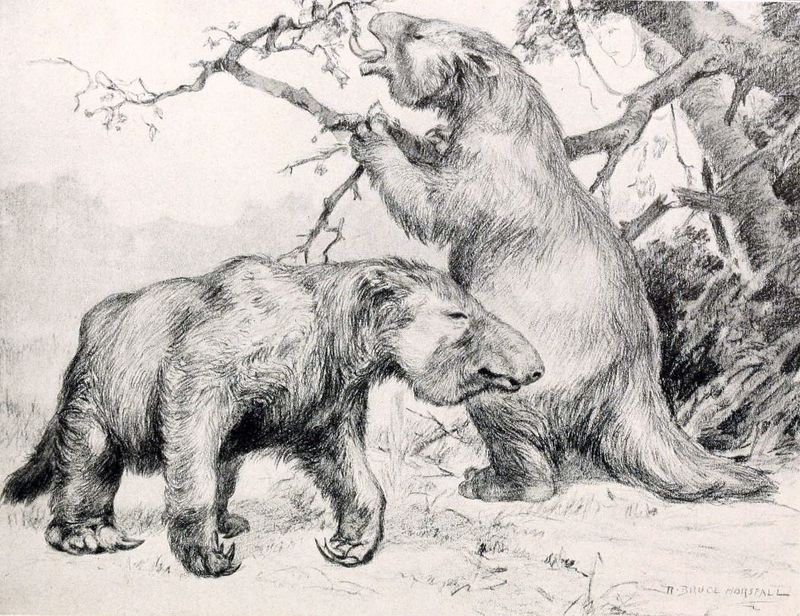
Megatherium’s social behavior remains a topic of scientific intrigue. There is evidence to suggest that these creatures may have lived in groups, which could have provided advantages in terms of protection and resource acquisition.
Living in groups would have facilitated mutual defense against predators and may have played a role in their survival strategy. The shared knowledge of feeding grounds and migratory paths could enhance their chances of survival.
Such social interactions would have helped them thrive in the varied prehistoric landscapes they inhabited, showcasing a complex social structure.
Extinction Theories
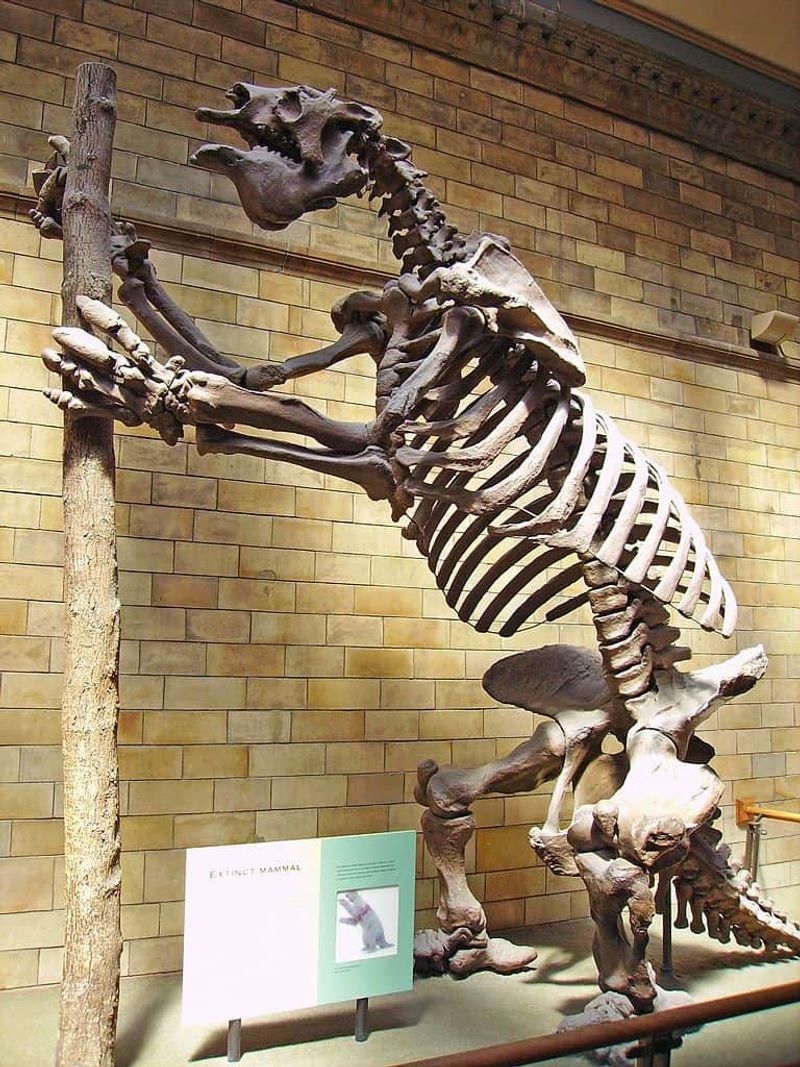
Several theories attempt to explain the extinction of Megatherium, with climate change and human activity being the most prominent. The end of the last Ice Age brought significant climatic shifts, altering habitats and available resources.
Additionally, the arrival of humans in the Americas introduced new pressures, including hunting. Evidence suggests that human hunting may have accelerated their extinction.
These factors, combined with natural predation and competition, likely contributed to their decline, marking the end of a majestic era of giant land mammals.
Unique Physiology
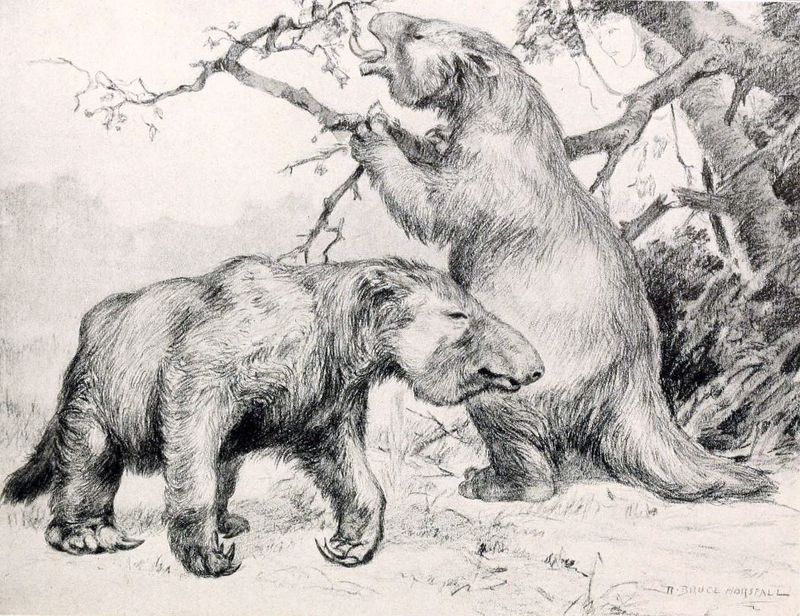
Megatherium’s physiology was uniquely adapted to its lifestyle and environment. Its robust skeletal structure supported its massive weight, while its large claws were essential tools for feeding and self-defense.
The creature’s spine was designed to support its bulk when foraging for food, allowing it to reach higher vegetation effortlessly. This adaptation illustrates a remarkable evolutionary response to its needs.
These physical characteristics not only ensured its survival in a competitive prehistoric world but also defined its niche within the ecosystem it dominated.
Historical Discovery
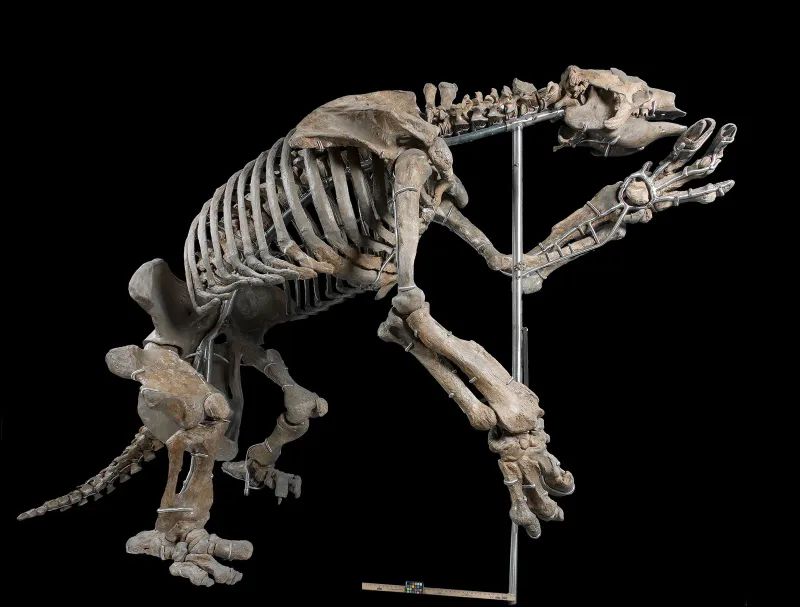
The discovery of Megatherium fossils in the late 18th century marked a significant milestone in paleontology. The first skeleton was unearthed in Argentina, fascinating scientists with its colossal size and unique features.
These findings provided new insights into Earth’s prehistoric fauna, contributing to the broader understanding of evolution and extinction processes. The Megatherium skeleton became a landmark discovery, influencing scientific thought at the time.
Its discovery also spurred further explorations, leading to more fossil finds and a deeper understanding of this incredible creature’s life and times.
Evolutionary Relatives

© Research Communities by Springer Nature
Megatherium belonged to the Xenarthra group, sharing evolutionary ties with modern sloths, anteaters, and armadillos. This connection highlights a fascinating evolutionary journey over millions of years.
The structural similarities with modern sloths are apparent, yet Megatherium’s size and adaptations set it apart as a unique evolutionary branch. This diversity showcases the adaptability and evolutionary potential within the group.
Understanding these relationships helps piece together the evolutionary history of these incredible creatures, offering insights into how they adapted to changing environments over time.
Interaction with Early Humans
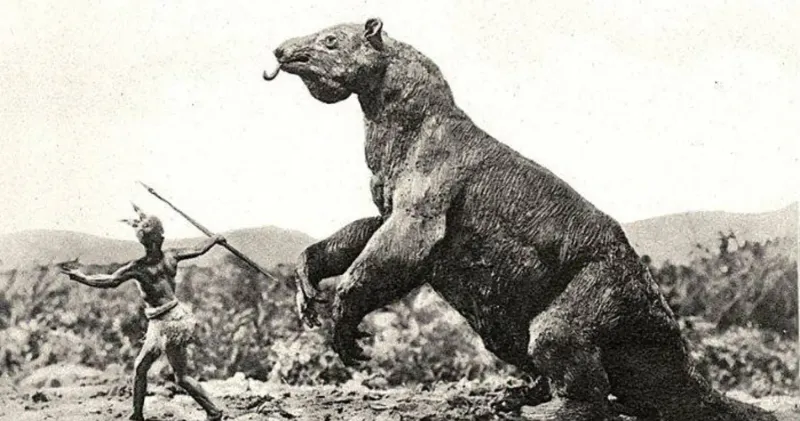
Evidence of Megatherium’s interaction with early humans is both fascinating and crucial for understanding prehistoric ecosystems. Some archaeological sites suggest that humans hunted these giants, leaving behind tool marks on bones.
These interactions offer insights into human survival strategies and the impact on megafauna populations. The presence of Megatherium in human culture is evident from ancient art depicting these creatures.
Such findings illuminate the complex relationship between early humans and their environment, highlighting the dual role of humans as both hunters and observers of these majestic creatures.
Legacy and Cultural Impact

Megatherium left an enduring legacy on human culture, depicted in ancient art and folklore. Its sheer size and enigmatic presence inspired stories and myths among early human societies.
These cultural artifacts provide valuable insights into how humans perceived their natural world, with Megatherium often symbolizing strength and survival. Its representation in art highlights the awe and respect it commanded.
This cultural impact extends into modern times, influencing scientific exploration and inspiring continued fascination with prehistoric life and the creatures that once roamed the Earth.
Reconstruction Challenges
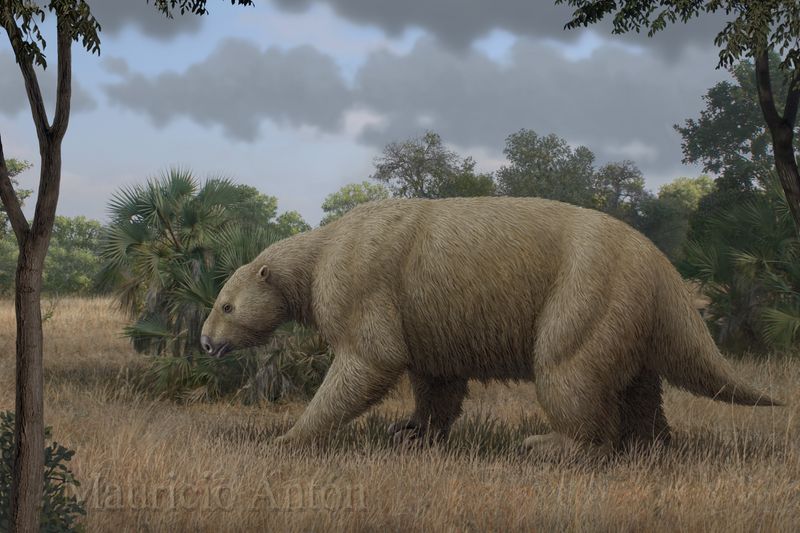
Reconstructing Megatherium’s appearance from fossils presents numerous challenges for paleontologists. The size and age of the fossils often result in incomplete skeletons, requiring careful analysis and interpretation.
These challenges are compounded by the need to understand the creature’s physiology and ecology accurately. Each discovery adds pieces to the puzzle, revealing more about how Megatherium lived.
Despite these difficulties, advancements in technology and methods continue to enhance our understanding, allowing more accurate reconstructions and insights into this fascinating prehistoric giant.
Adaptations to Climate
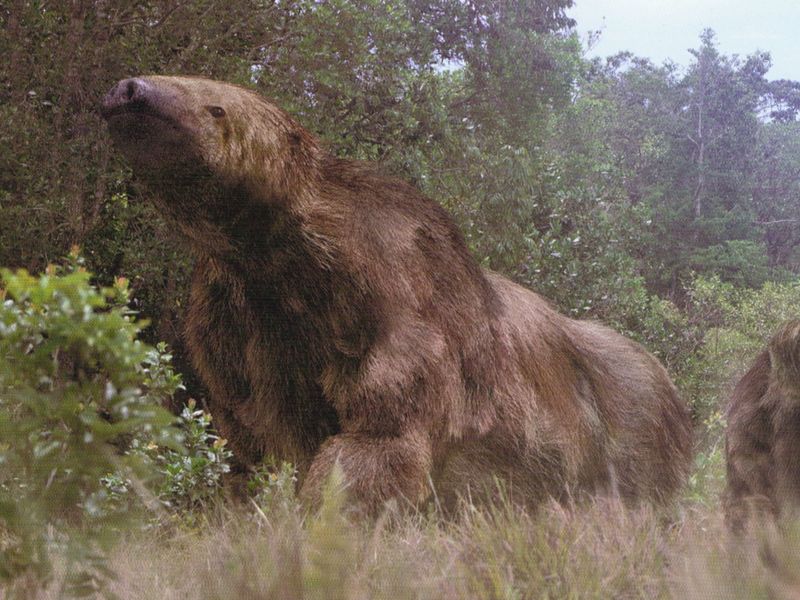
Megatherium’s adaptations to climate variations were vital for its survival. During the Pleistocene era, climate changes were frequent, requiring resilience and adaptability.
Its thick fur provided insulation against cold, while its ability to forage high vegetation allowed it to thrive despite environmental shifts. These adaptations showcase its ability to adjust to both warm and cold climates.
Such versatility not only ensured its survival across diverse habitats but also illustrates the broader evolutionary strategies of megafauna in adapting to Earth’s dynamic climate history.
Fossil Distribution
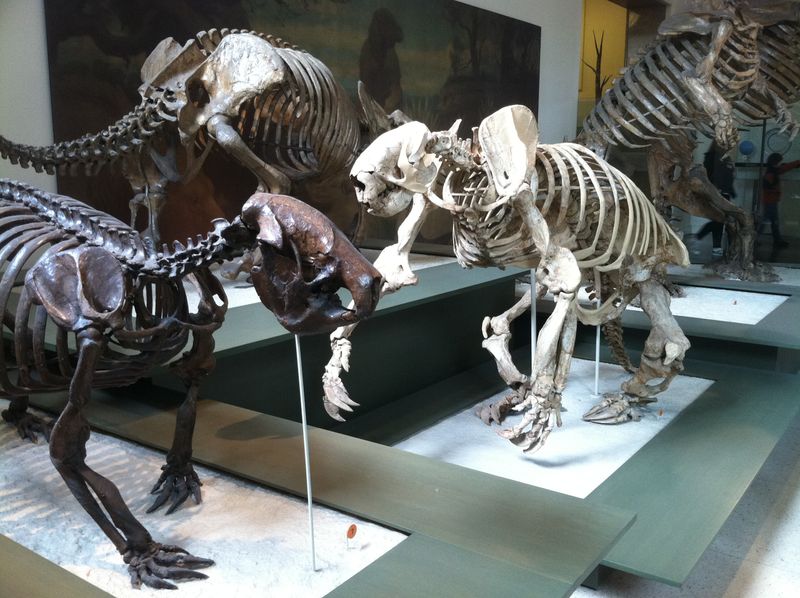
Megatherium fossils have been discovered across various locations in South America, highlighting its widespread distribution. These fossil sites offer crucial insights into the creature’s habitat and range during the Pleistocene epoch.
Each site provides unique information about the environmental conditions and ecological interactions of the time. This distribution indicates a successful adaptation to diverse ecosystems.
The study of these fossils helps scientists reconstruct the migration patterns and lifestyle of Megatherium, contributing to a deeper understanding of its role in prehistoric ecosystems.
Comparative Size Analysis
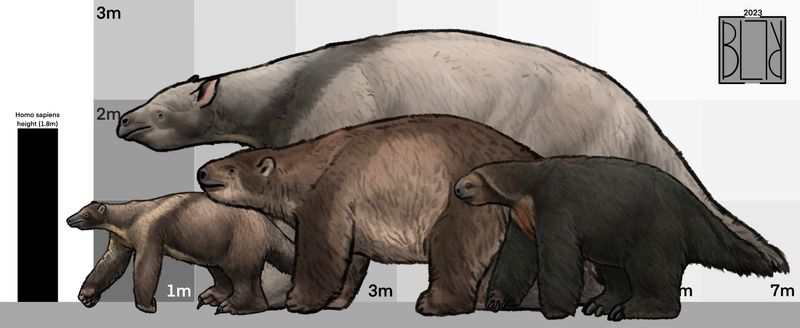
Megatherium was a true giant, towering over most contemporary land mammals. Its size is often compared to that of elephants, showcasing its dominance in the prehistoric world.
Such comparisons highlight the diversity of prehistoric life and the various evolutionary paths these creatures followed. The sheer size of Megatherium underscores its unique adaptations and survival strategies.
Understanding these size dynamics helps paleontologists appreciate the ecological roles these giants played and the evolutionary pressures that shaped their massive forms and behaviors.
Scientific Significance
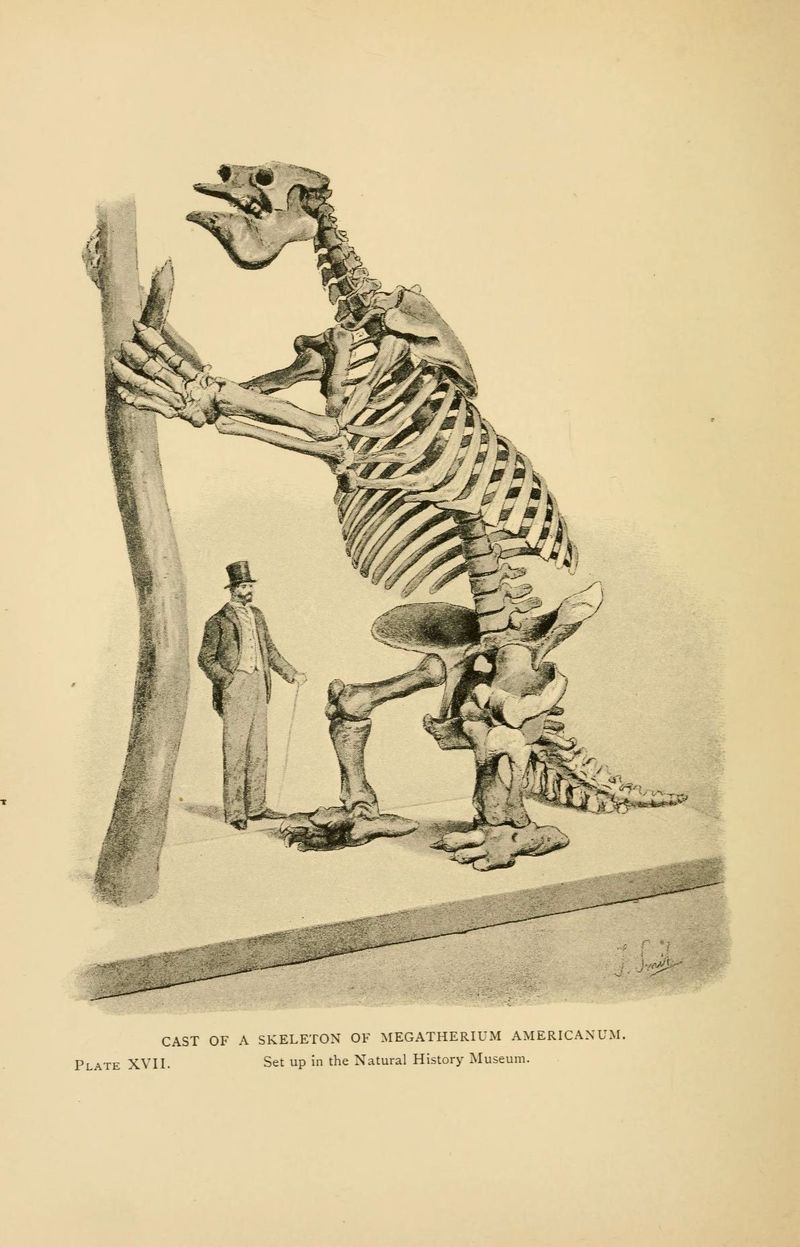
The study of Megatherium is scientifically significant, offering insights into the evolution of giant land mammals. Its fossils provide valuable data on ecological dynamics and evolutionary trends of the Pleistocene era.
Research into Megatherium helps unravel the complexities of prehistoric ecosystems and the factors influencing megafauna survival and extinction. Its significance extends to understanding how such large creatures adapted to environmental changes.
This knowledge is crucial for comprehending the broader patterns of evolution and extinction that have shaped Earth’s biological history, influencing current scientific explorations.
Megatherium’s Mysterious Movements
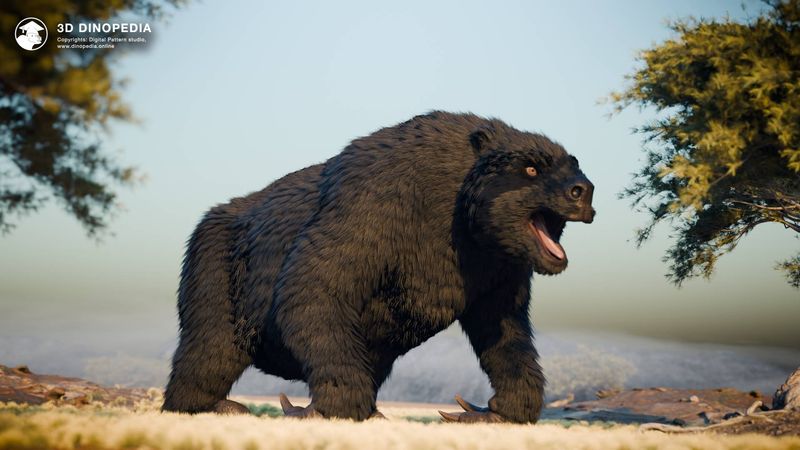
The movements of the Megatherium were as intriguing as its existence. This massive mammal moved with a lumbering grace, using its powerful legs to traverse the dense forests of prehistoric South America. Its massive claws, capable of tearing through vegetation, also aided in its careful navigation.
Despite its size, the Megatherium was adept at maintaining balance on its hind legs, reaching up to grasp leaves and branches. This ability not only showcased its evolutionary adaptations but also provided insights into its daily survival strategies.
Researchers continue to study its locomotion, unraveling the complex interplay between its skeletal structure and muscle dynamics. Such insights help paleontologists understand the challenges faced by large terrestrial creatures.
